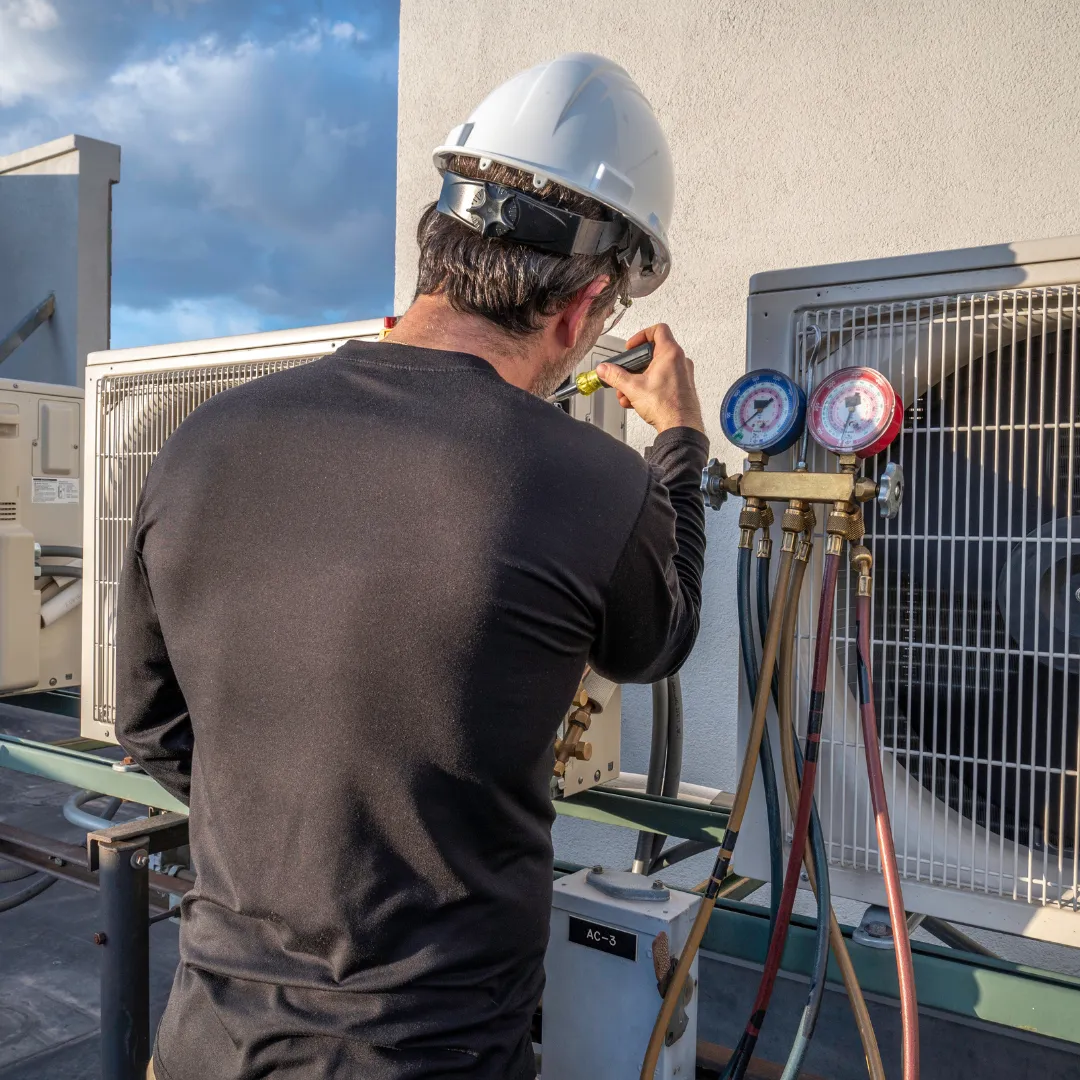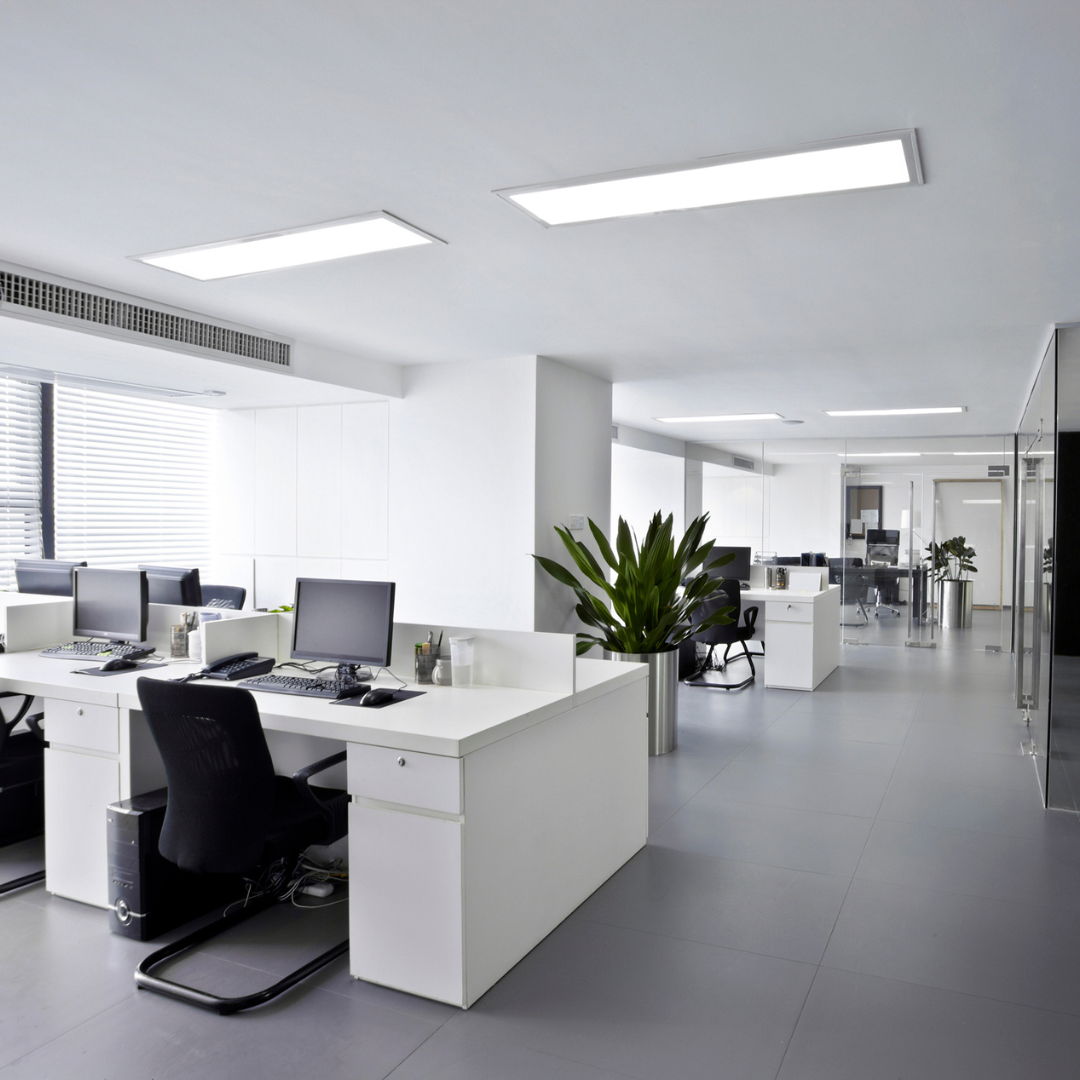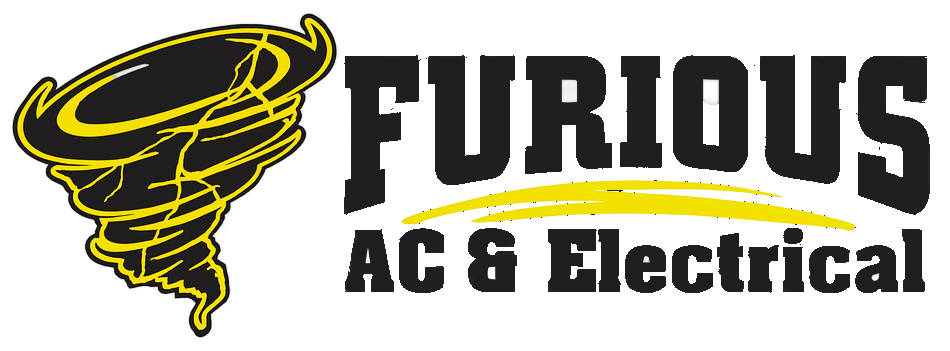Our Blogs
Your Climate, Our Expertise: HVAC Services for Every Season
Your Comfort, Our Priority: Professional HVAC Services

Commercial Comfort: AC Installation Tips for Businesses
Introduction:
Running a successful business means more than just managing sales and operations. It’s also about creating a comfortable environment for your employees and customers. A well-functioning air conditioning system is crucial to maintaining that comfort, especially during those hot summer months. At Furious A/C and Electrical, we understand the importance of a reliable AC system and are here to offer you some expert tips on installing and maintaining your commercial air conditioning.

Assessing Your Business Needs
Understanding Load Calculations
Before you even think about buying an AC system, you need to understand your cooling needs. Load calculations are essential for determining the capacity your new AC system should have. This involves considering factors like:
Building Size: Larger spaces require more powerful systems.
Occupancy: More people generate more heat.
Equipment and Lighting: Electronics and lights can significantly increase indoor temperatures.
Professional tools and software can help with accurate load calculations. It’s often best to consult with a certified HVAC technician to ensure you get it right.
Evaluating Space and Layout
The layout of your business premises plays a significant role in AC efficiency. Open-plan offices, partitioned spaces, and areas with high ceilings all have different cooling requirements. Think about:
Optimal Placement: Positioning your AC units in central locations for even cooling.
Structural Challenges: Addressing unique aspects of your building, such as large windows or high ceilings, that might affect cooling efficiency.
Choosing the Right AC System
Types of Commercial AC Systems
When it comes to commercial AC systems, there are several options to consider:
Central AC: Ideal for large buildings with extensive ductwork.
Ductless Mini-Splits: Great for smaller spaces or where ductwork isn’t feasible.
Variable Refrigerant Flow (VRF) Systems: Offer flexibility and efficiency for medium to large spaces.
Packaged Systems: Combine heating and cooling in one unit, suitable for rooftops or ground installations.
Energy Efficiency Considerations
Energy efficiency isn’t just good for the environment; it’s also good for your bottom line. Look for systems with high SEER (Seasonal Energy Efficiency Ratio) ratings. These models might cost more upfront but will save you money on energy bills in the long run.
Cost Analysis
While it’s tempting to go for the cheapest option, it’s important to consider long-term savings. Higher initial investments in efficient, high-quality systems can lead to lower operating costs and fewer repairs down the road.
Pre-Installation Preparations
Electrical Requirements
Ensure your building’s electrical system can handle the new AC unit. This includes:
Power Supply: Verifying that your electrical system can support the unit’s power needs.
Compliance: Making sure everything meets local electrical codes and regulations to avoid safety issues.
Structural Adjustments
Sometimes, installing a new AC system requires structural modifications. This might include:
Support Structures: Reinforcing areas where heavy units will be mounted.
Ductwork and Ventilation: Preparing and possibly upgrading existing ductwork for optimal airflow.
Scheduling and Timing
Plan your installation to minimize disruption to your business operations. Early spring or late fall are often ideal times, as HVAC companies are less busy, and you won’t be caught in the peak of extreme temperatures.
Installation Process
Professional vs. DIY Installation
While DIY projects can be rewarding, AC installation is best left to professionals. Certified technicians bring expertise, tools, and experience to the job, ensuring safe and efficient installation.
Step-by-Step Installation Overview
Site Preparation: Clear the installation area and ensure it’s safe.
Indoor and Outdoor Units: Install the evaporator (indoor) and condenser (outdoor) units.
Connecting Electrical Components: Properly wire the system, ensuring all connections are secure.
Testing and Balancing: Test the system to ensure it’s working correctly and make any necessary adjustments.
Post-Installation Considerations
System Testing and Calibration
Once your new AC system is installed, it needs to be thoroughly tested and calibrated:
Performance Testing: Check that the system cools effectively and efficiently.
Adjustments: Fine-tune settings for optimal comfort and energy use.
Staff Training and Awareness
Your team should know the basics of operating the new system:
Basic Troubleshooting: Simple fixes like resetting the system or checking filters.
System Controls: Understanding how to adjust settings for different times and conditions.
Maintenance and Upkeep
Regular Maintenance Schedule
Routine maintenance is crucial to keep your AC running smoothly. Key tasks include:
Filter Changes: Regularly replacing or cleaning filters to maintain airflow.
Coil Cleaning: Keeping evaporator and condenser coils clean to ensure efficiency.
Check Refrigerant Levels: Ensuring there’s no leakage and the refrigerant levels are optimal.
Hiring Maintenance Professionals
Engage reliable HVAC professionals for regular check-ups. Maintenance contracts can provide peace of mind and often come with benefits like priority service and discounts on repairs.
Energy Management Tips
Implementing smart energy management can lead to significant savings:
Smart Thermostats: Use programmable thermostats to optimize temperature settings.
Automation: Automate your system to reduce energy use during non-business hours.
Future-Proofing Your AC System
Scalability and Upgrades
Plan for future growth by choosing a scalable system. Consider:
Modular Systems: Units that can be expanded as your business grows.
Technology Integration: Systems that easily integrate with new technologies and building management systems.
Monitoring and Analytics
Modern AC systems offer advanced monitoring and analytics:
IoT and Smart Sensors: Use these for real-time monitoring and predictive maintenance.
Performance Tracking: Keep an eye on energy use and system performance to identify issues early.
Conclusion
Investing in a reliable and efficient commercial AC system is crucial for maintaining a comfortable business environment. Proper assessment, professional installation, and regular maintenance are key to ensuring your system serves you well for years to come. At Furious A/C and Electrical, we’re here to help every step of the way, from selecting the right system to ensuring it runs flawlessly.
Schedule A Consult
@ Copyright 2023 - Furious A/C | All rights reserved
